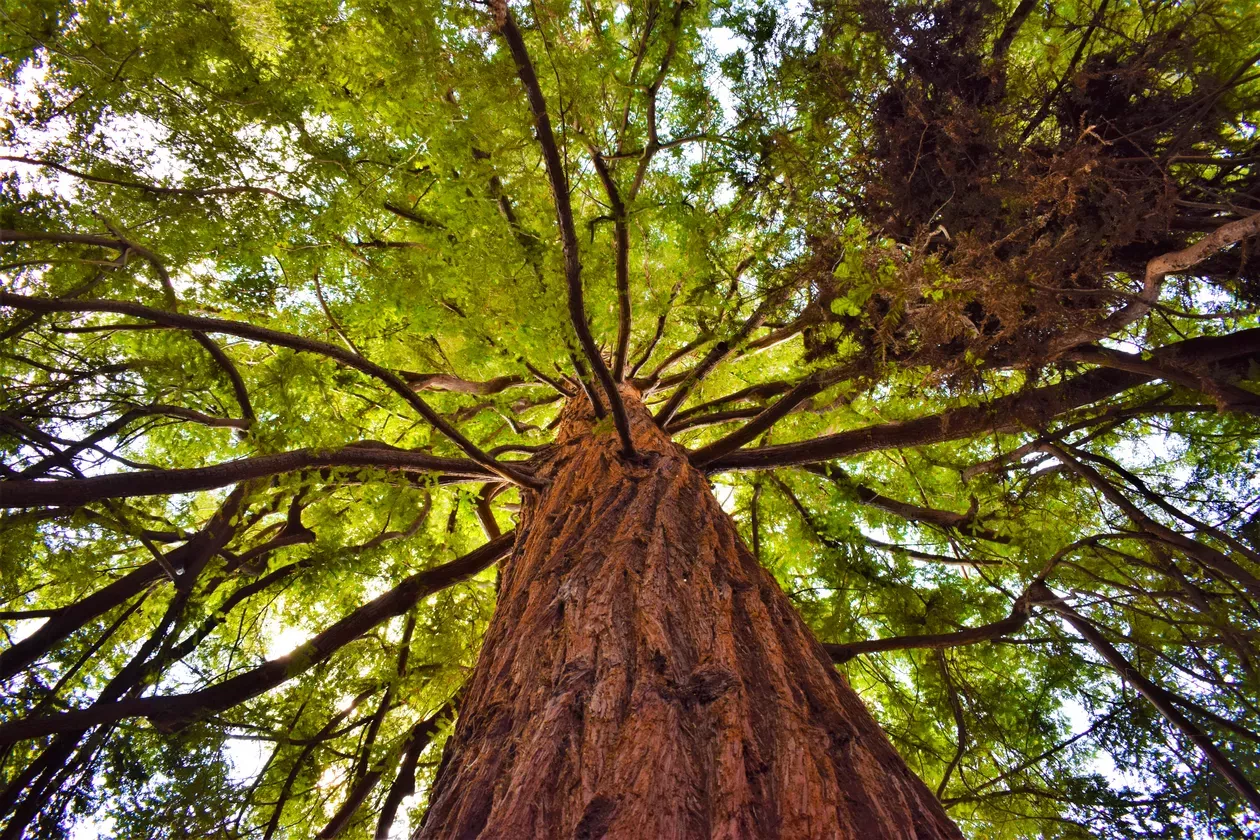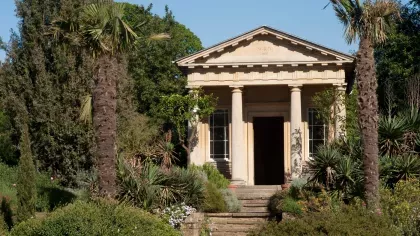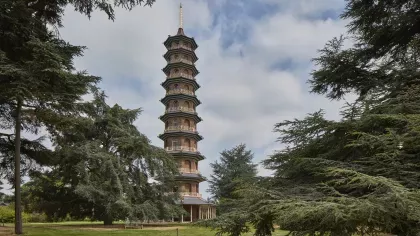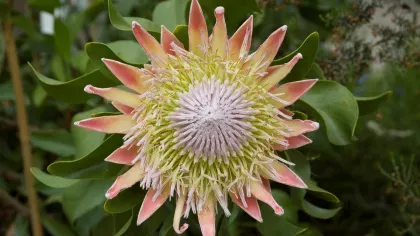17 July 2020
Travel the Americas at Kew
Venture across North and South America through our beautiful botanical landscapes.

Quench your wanderlust by taking a trip around the Americas in one day here at Kew.
After months of lockdown, it’s the perfect way to reconnect with the beauty and wonder of nature.
Let the sights and scents of our stunning collections transport you to North and South America, the planet’s most biodiverse continents, that cover a vast range of different climates and landscapes, from the tropical rainforest to the arid desert.

Visit North America
California
Get a taste of the wild forests of California by taking a stroll through our Redwood Grove.
Towering coastal redwoods (Sequoia sempervirens) and giant redwoods (Sequoiadendron giganteum) line the path.
Meet the tallest tree in our whole Gardens, a coastal redwood that reaches a mammoth 40 metres in height.
These amazing trees can live for thousands of years and are plant record-breakers. Coastal redwoods are the tallest living organisms in the world, while giant redwoods are the largest by volume.
Did you know? The largest redwood on Earth lives in Sequoia National Park, California. The tree is called General Sherman and stands at 84 metres tall with a width of 11 metres.
Watch the film below for a sneak peek of our magnificent Redwood Grove...
Trees of North America
Travel further across the woodlands of North America by journeying through our Arboretum.
Look out for tree species native to the region, including red oak (Quercus rubra), American sycamore (Platanus occidentalis), pin oak (Quercus palustris), and the Indian bean tree (Catalpa bignonioides) that puts on a stunning floral display in early summer.
The beautiful American ash (Fraxinus americana) is the first tree in our Gardens to change colour in autumn. Sadly, this species has an IUCN status of Critically Endangered (CR), meaning it faces an extremely high risk of extinction in the wild.
In our Woodland Garden, you’ll meet the old and mighty black walnut (Juglans nigra) with its rich dark green leaves, planted at Kew in the 1730s.
Head to the Pinetum to discover conifers from this vast continent, such as the white pine (Pinus strobus). Species are displayed here in family order and geographically planted, so all the North American species are grouped together.
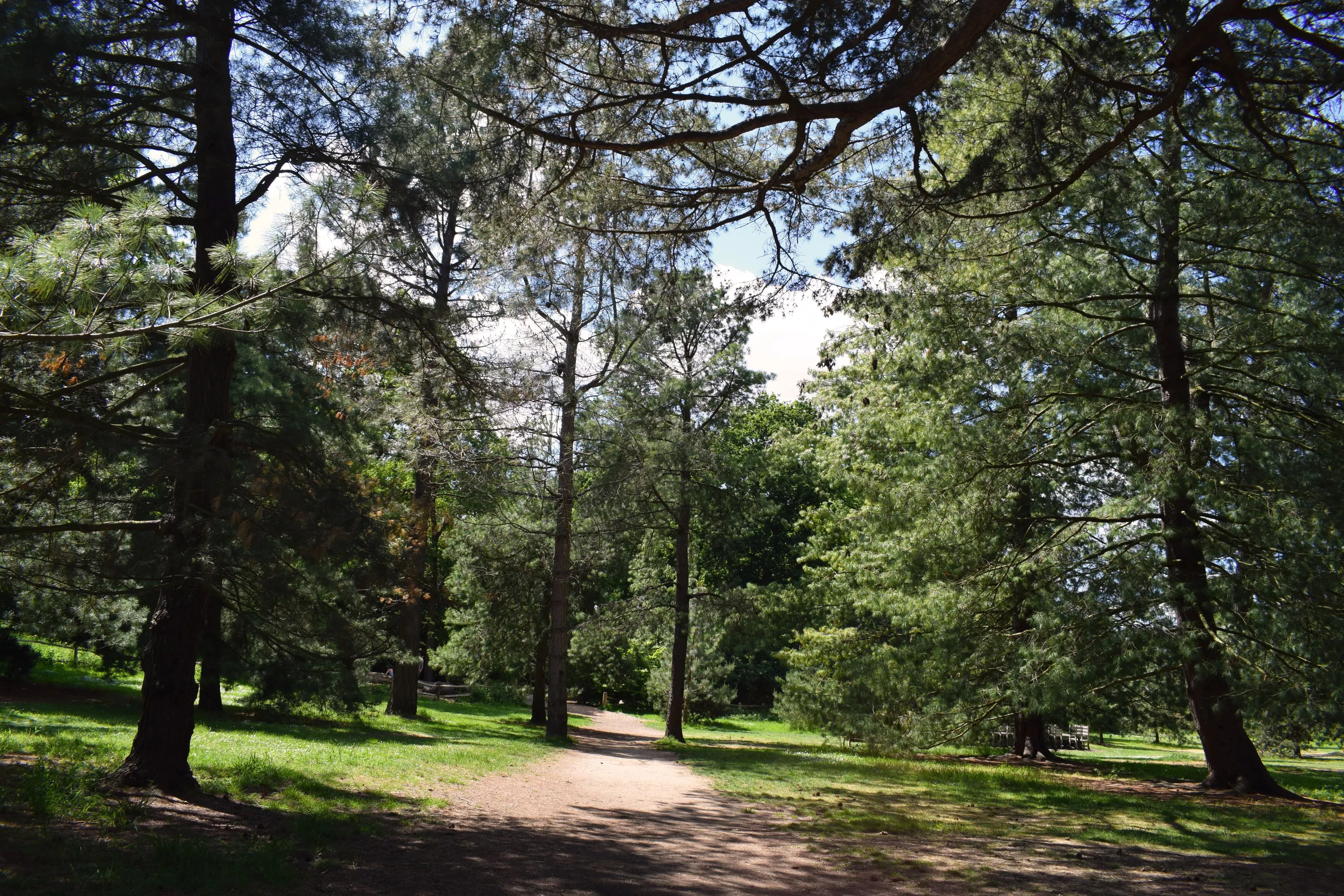



Canada
Check out the beautiful maple (Acer) trees near the Shirley Sherwood Gallery, including red maple (Acer rubrum), sugar maple (Acer saccharum) and silver maple (Acer saccharinum).
Native to North America, maples are at their most beautiful in autumn, when their leaves turn brilliant fiery colours.
The maple leaf is Canada’s national symbol and the centrepiece of the country’s national flag. It is red in colour, reflecting one of Canada’s national colours, along with white.
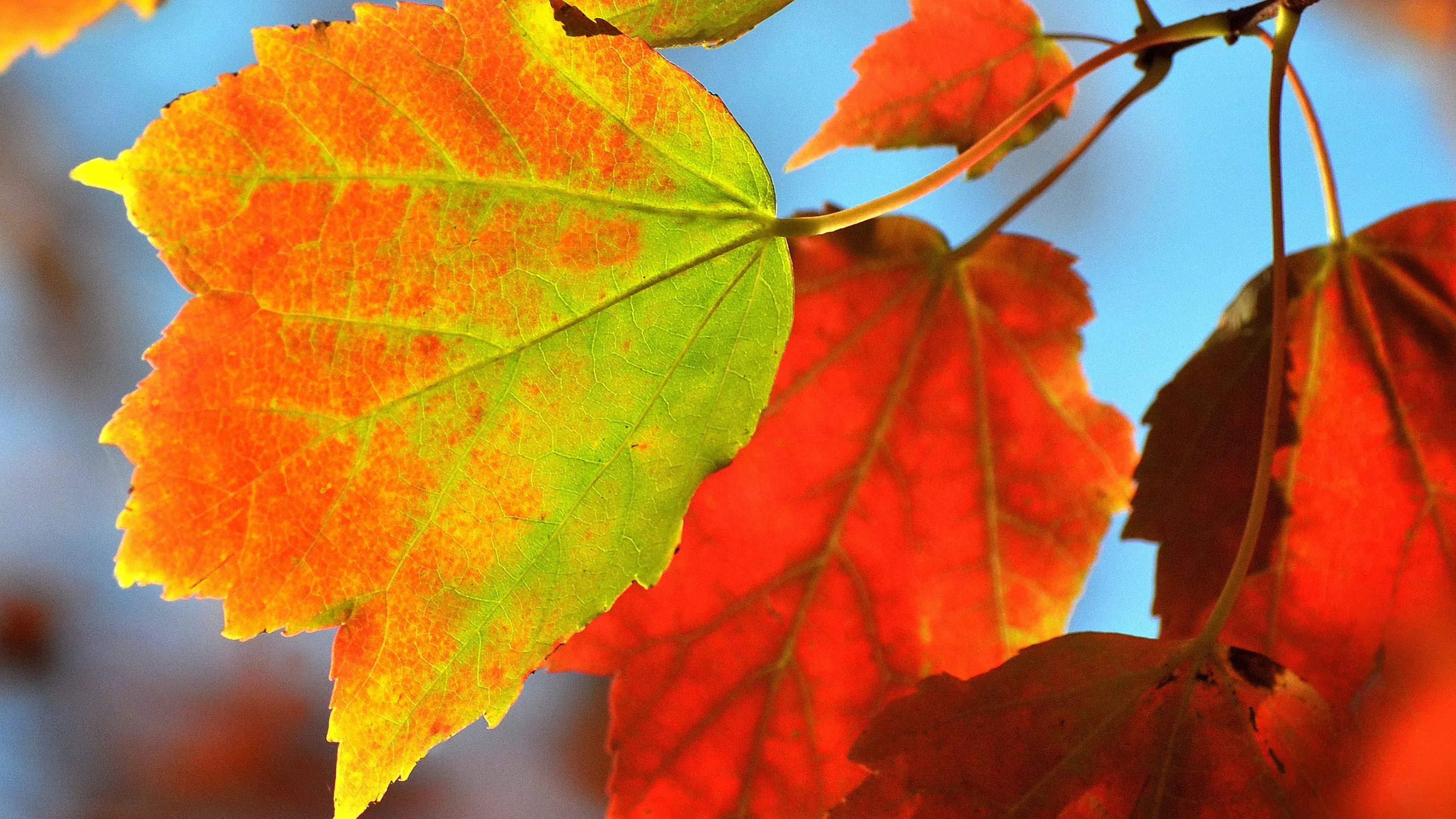
Flowers of North America
Visit our Great Broad Walk Borders for colour as far as the eye can see.
Many beautiful North American plants are growing here, in one of the longest herbaceous borders in the world, including species of Echinacea and Geranium.
Continue your travels in the Rock Garden, allowing the flora and fragrances to transport you to the North American mountainous regions and prairies.
The naturalistic and rugged landscape has a dedicated area to this region, with the planting combinations designed to evoke the wild communities seen in nature.
Our Temperate House holds a wonderful collection of plants from the Americas, displayed in a separate zone.
Many of these species are deemed Vulnerable (VU) and at risk of extinction.
Try to spot dogwood (Cornus disciflora) with its white flower clusters, three different Oreopanax species, and Podocarpus matudae with its brightly coloured receptacles, all native to Mexico and parts of Central America.
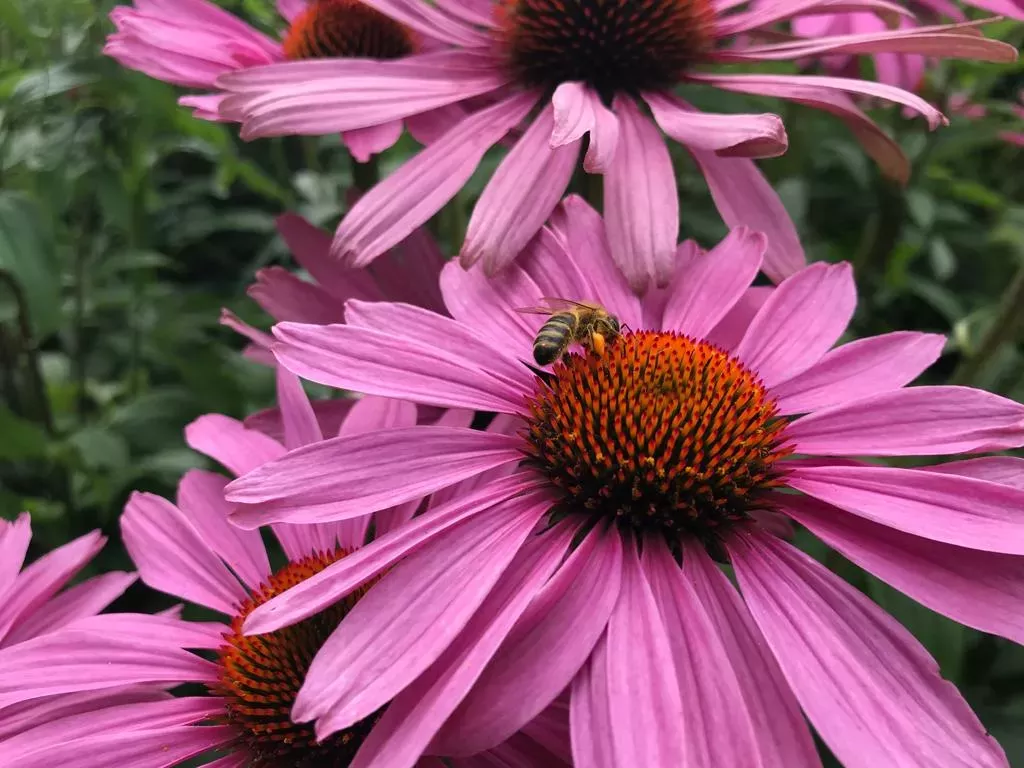
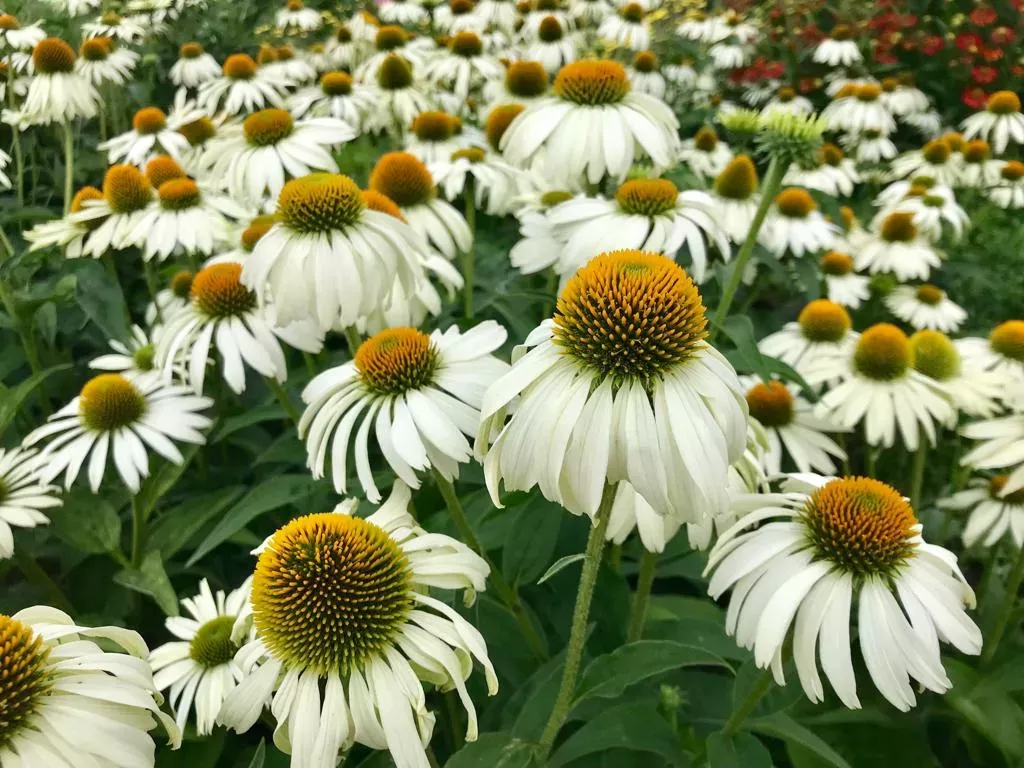
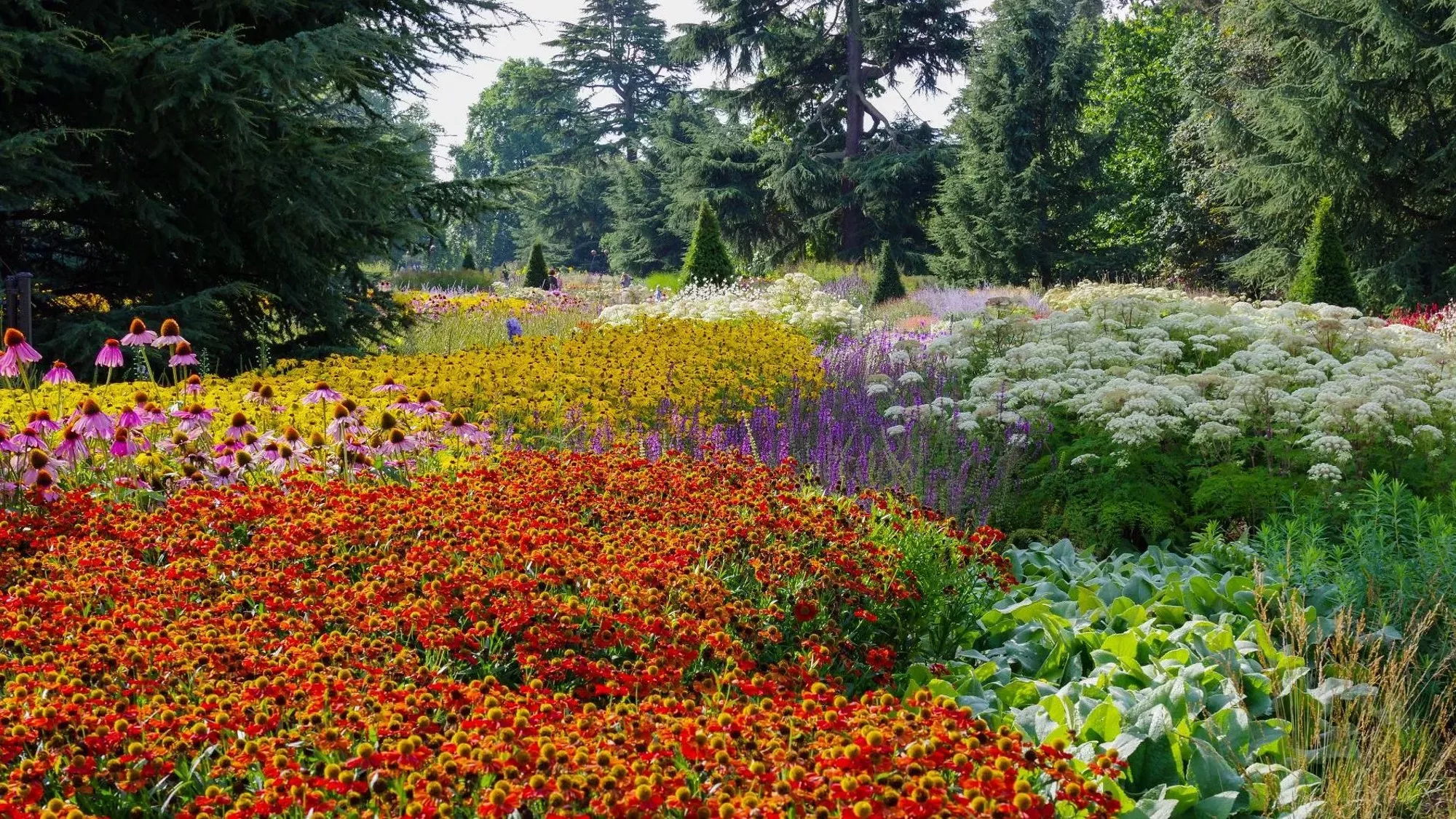
Visit South America
Trees of South America
Explore the botanical treasures of South America within our UNESCO World Heritage landscape.
Meet our extraordinary monkey puzzle tree (Araucaria araucana) located near the Orangery.
Native to Chile and Argentina, this evergreen conifer is an ancient species, with 200-million-year-old fossilised specimens being found in rocks of the Jurassic Period, when dinosaurs roamed the planet.
In the Americas zone of the Temperate House, discover some of the incredible and endangered species of the southern continent’s temperate regions…
The striking Chilean wine palm (Jubaea chilensis), native to Chile and one of the most southerly occurring palms, has many uses. Its sap is used for palm wine and palm syrup, its seeds are edible, and its leaves are used to make baskets.

Native to Argentina and Bolivia, the fern tree (Jacaranda mimosifolia) is a beautiful plant with long-lasting purple blooms.
Can you spot the woolly jelly palm (Butia eriospatha)? It's closely related to the coconut and is endemic to southern Brazil.
Did you know? The Americas are home to 33% of all the world’s plant species.
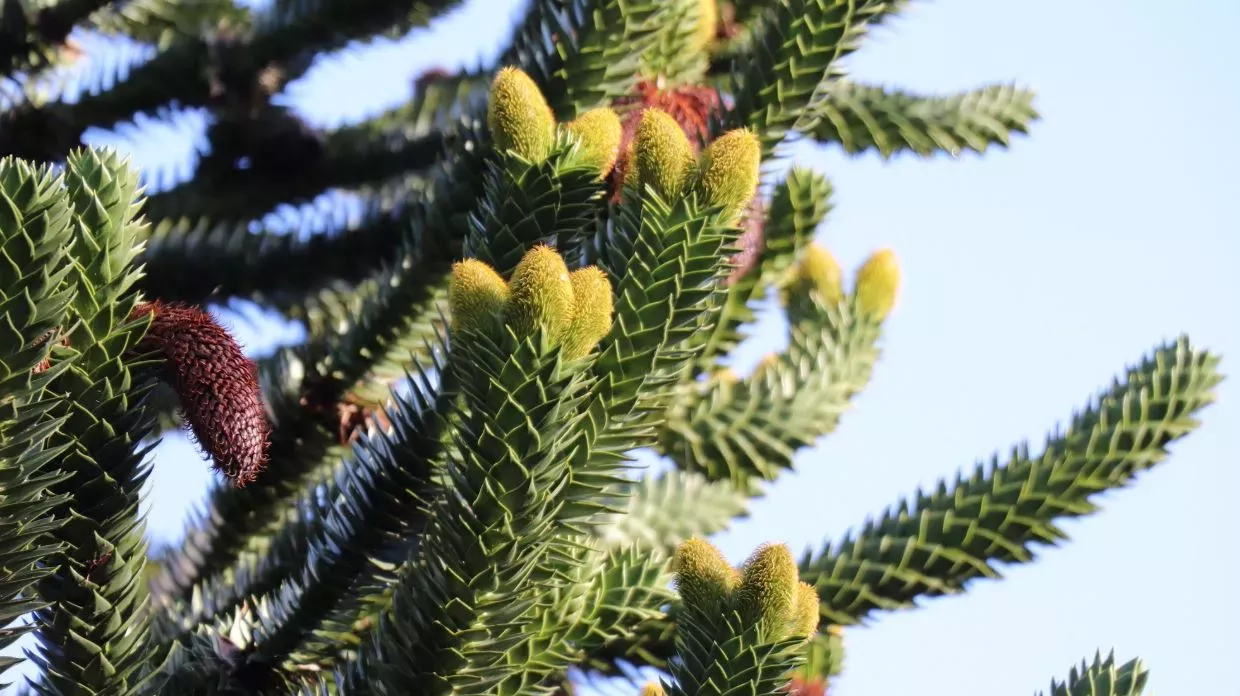
Travel to the hot and humid rainforest inside our Palm House and discover our amazing tropical palms and other plants from South America.
In the lush and biodiverse Amazon jungle in Brazil, the world’s largest tropical rainforest, palms are one of the most common tree species.
As you wander through the vibrant green foliage in our glasshouse look out for the para rubber tree (Hevea brasiliensis), a world-changing plant that started a global industry, and the cacao tree (Theobroma cacao) with its yellow fruit that makes chocolate, both native to South America.
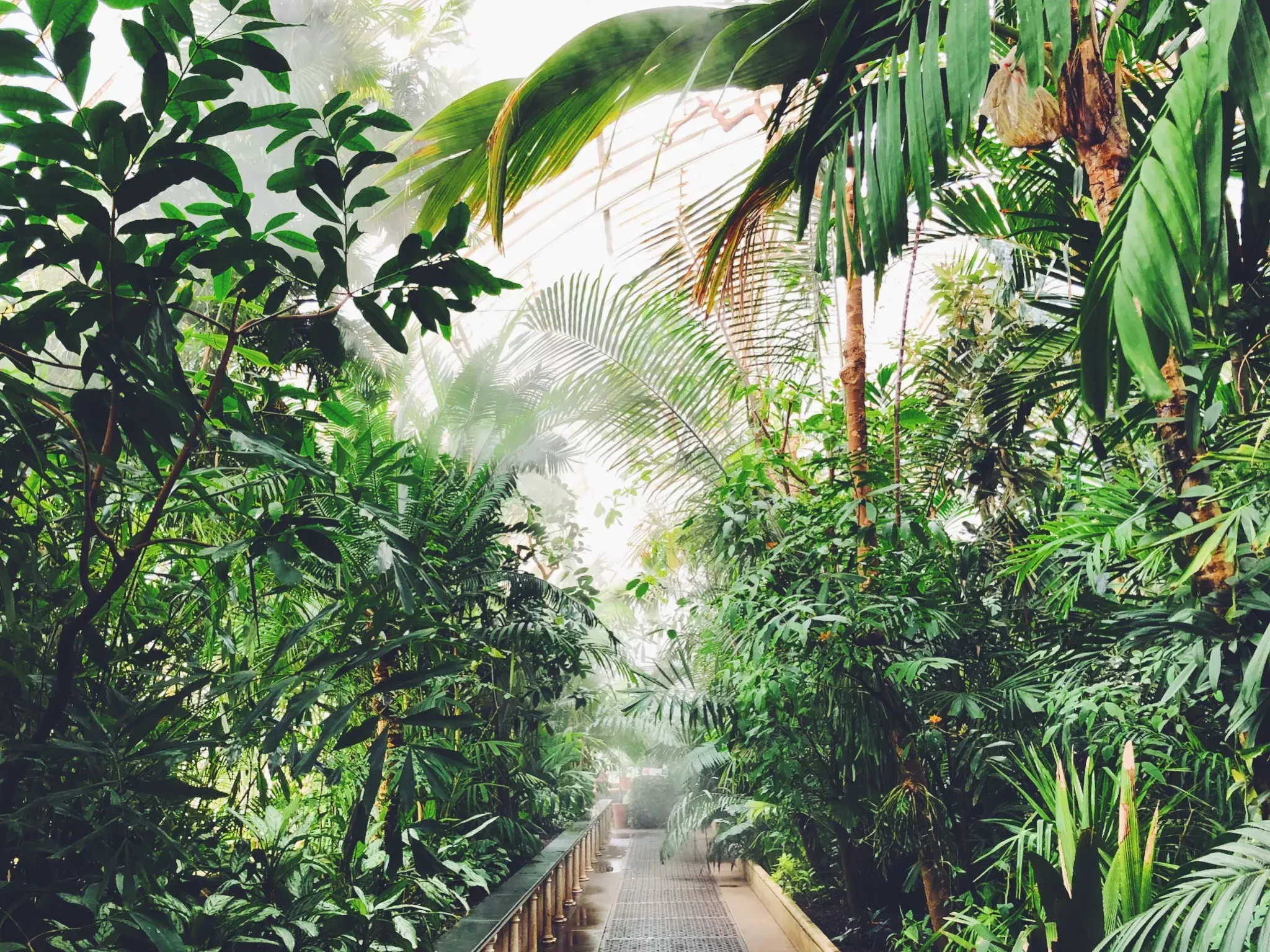
Extraordinary plants of South America
Enter our Princess of Wales Conservatory to witness more South American wonders.
There are feisty carnivorous plants native to Brazil and the fascinating dragon fruit cactus (Hylocereus polyrhizus). This cactus comes from the tropical forests of Central America down to Peru and has cleverly adapted to attract bats for pollination.
In the dry tropics zone, meet species of Agave from northern South America. These plants have long had many important uses, such as for fabrics, fuel, medicine, and even tequila.
Seek out our beautiful tropical orchids with their showy flowers in this glasshouse. We have species within the Cattleya and Oncidium genera, native to South America.
Did you know? Kew is a world leader in the study of orchids and is working to ensure the conservation of these plants in their natural habitats.
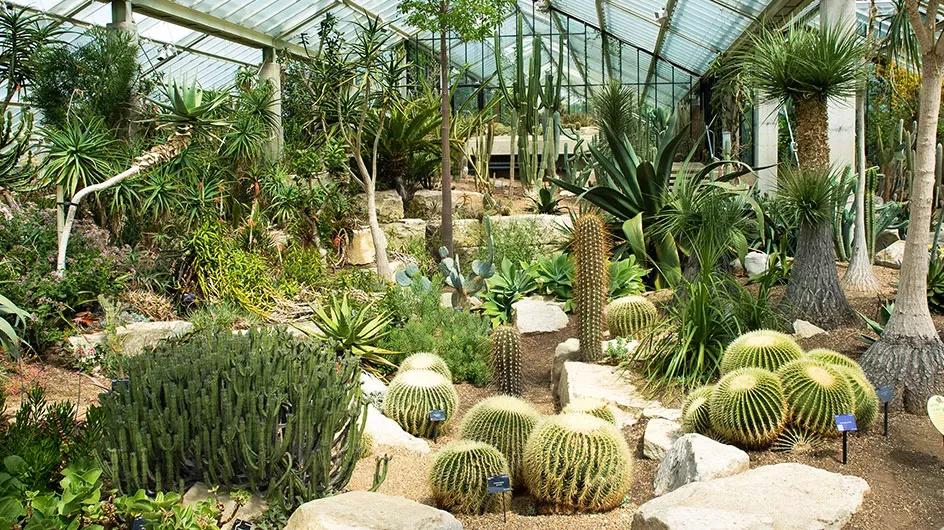

Native to freshwater lakes in the Amazon basin, the giant waterlily (Victoria amazonica) is a real showstopper. Head to the wet tropical zone in the Princess of Wales Conservatory to see this giant flourishing, growing up to 3 metres in diameter.
Experience windswept Patagonia, the southernmost tip of South America, in the Rock Garden.
This wild region is allocated its own area with dazzling flower beds and wonderful aromas.
So, come to Kew to take a one-day trip around the Americas and enjoy its amazing plant diversity.
